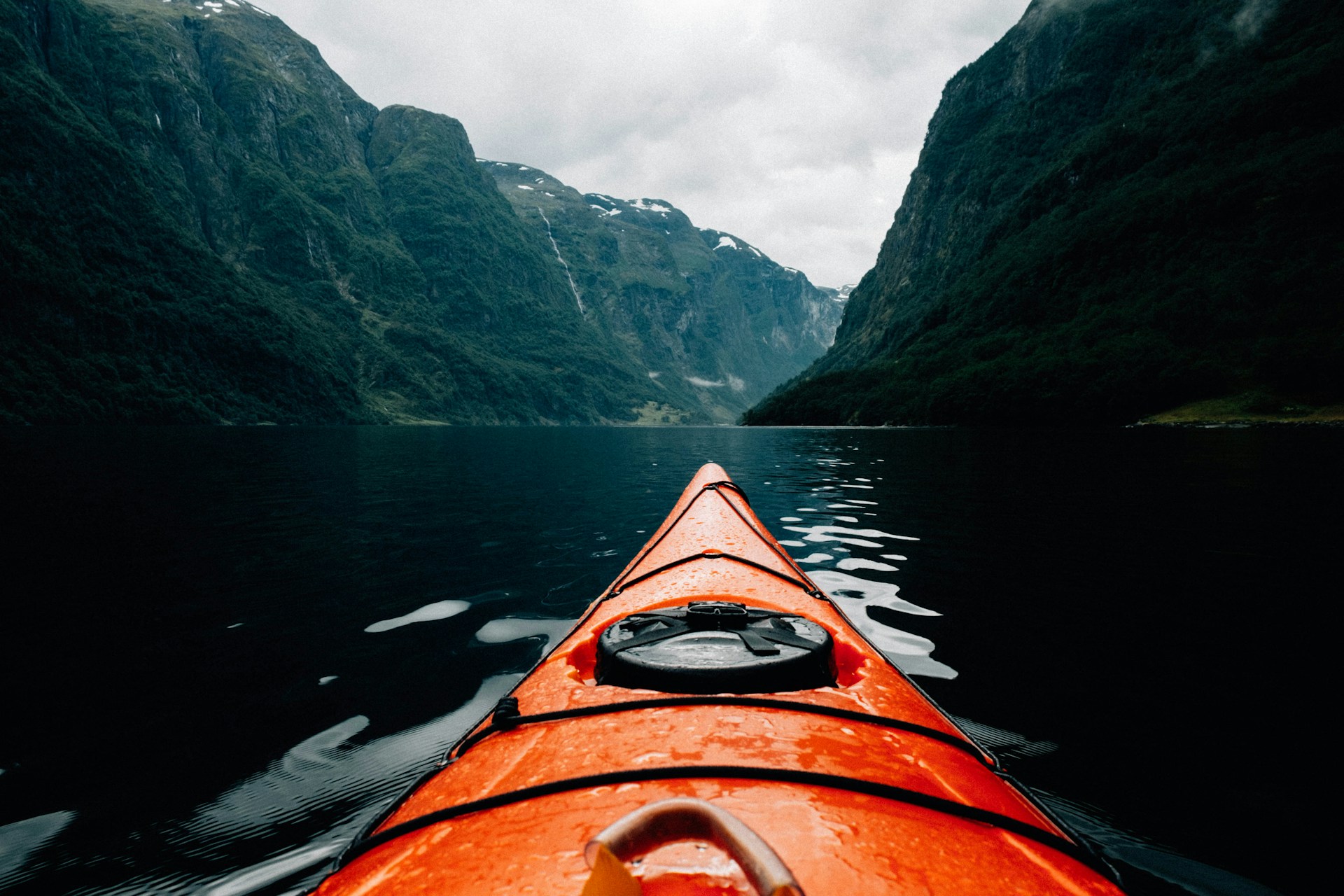Kayaking, a captivating blend of exploration, skill, and communion with nature, has swelled in popularity across the United States in recent times. Whether you’re looking to paddle through vast, serene lakes, exciting currents of a rushing river, or simply get closer to wildlife, kayaking can be the right sport for you. Beyond its delight, it also boasts numerous advantages such as stress relief, abundant physical benefits, and mental well-being. This surge in public interest paints a picture of kayaking not just as a seasonal pastime but as a growing outdoor lifestyle. This guide aims to assist those who are keen to embark on a kayaking journey by detailing the sport’s essentials, from understanding the basics and acquiring the right gear to adhering to safety tips. The goal throughout is to help budding kayakers in the USA to navigate confidently and savor their maiden kayaking adventure.
Talk to any seasoned kayaker and they will affirm the importance of preparation before embracing this thrilling sport. The first step is learning the ropes preferably from an expert paddler. Be it fundamental guidance, pro tips, or insights on nuances, a professional perspective can instill confidence and clarity. Depending on your involvement and experience, you may opt to borrow or rent a kayak initially or directly invest in one. It’s also advisable to take introductory lessons or sign up for a tour, especially for first-time paddlers, offering them an operational understanding of the kayak.
Equally important is understanding the different kayaking strokes that drive your craft. Typically, four primary strokes aid in navigating the kayak – the forward stroke propels you ahead, the sweep stroke helps to turn the kayak, whereas the reverse stroke enables you to paddle backward, and finally, the back sweep stroke allows you to turn whilst moving backward. Additionally, the use of Rudders and Skegs can further enhance control while navigating your kayak.
However, no amount of knowledge is beneficial without the crucial elements of safety. Navigating waters, even if serene and welcoming, demands ample safety measures to ensure an enjoyable and worry-free kayaking experience.
Learning from experts, opting for the right gear, and acknowledging safety measures are pivotal for the desired kayaking experience. The guidance of a professional not only offers valuable insights but can also help beginners avoid common mistakes. Likewise, choosing the appropriate gear plays a defining role in ensuring an exciting yet safe kayaking journey, be it personal floatation devices, paddles, or a bilge pump. One must also consider clothing as weather conditions can have a crucial impact on your adventure. Adjusting your kayak setting to balance stability and comfort can significantly augment your kayaking experience.
- Forward Stroke: This is your power move, driving your craft forward in the water.
- Reverse Stroke: This helps you move backward when you need to step back a bit.
- Sweep Stroke: Helping you change direction, this stroke navigates turns smoothly.
- Back Sweep Stroke: Allowing you to turn while moving backward, this stroke provides added maneuverability.
Safety should always be the priority. With the right preparations in place, a potentially disastrous situation could be nothing more than a minor inconvenience.
For beginners wanting to delve into the world of kayaking, selecting an appropriate type of kayak is crucial. Beginners are often advised to start with a sit-on-top kayak, known for its affordability, stability, and the ease of re-boarding after a mishap in the water. Despite being a bit heavier and possibly slower compared to other counterparts, their advantage, especially for beginners, cannot be overstated.
Moving onto safety guidelines, kayaking might seem daunting to amateurs, but adhering to some fundamental safety measures can considerably negate the risks. Your first trip should be planned within your capabilities, preferably choosing a location devoid of complications. Other safety measures include having all essential safety gear at all times, including a whistle, personal flotation device, communication device, etc. Appropriate dressing, inclusive of a wetsuit or a drysuit for colder waters, can prevent potential hypothermia. For beginners, it’s often suggested not to go solo and ensure all members within a group are within each other’s hearing range. Additional safety precautions include researching potential hazards in local weather and devising a float plan with detailed aspects of the trip.
As we conclude, we’ve attempted to provide an in-depth primer for beginners looking to take up kayaking in the United States. Understanding the basics, investing in the proper gear, and being prepared with appropriate safety measures form the bedrock of a positive kayaking experience. Armed with this knowledge, the reader should now be equipped to start their kayaking journey with increased confidence and keen anticipation.
So, get out there and embrace the world of kayaking, paddling your way through the waters, and making your own wave. As the experts say at REI, “if you choose your gear wisely, know the limits of your skills and abilities, practice good judgement and paddle responsibly, your on-water adventures can provide a lifetime of great paddling experiences.”




